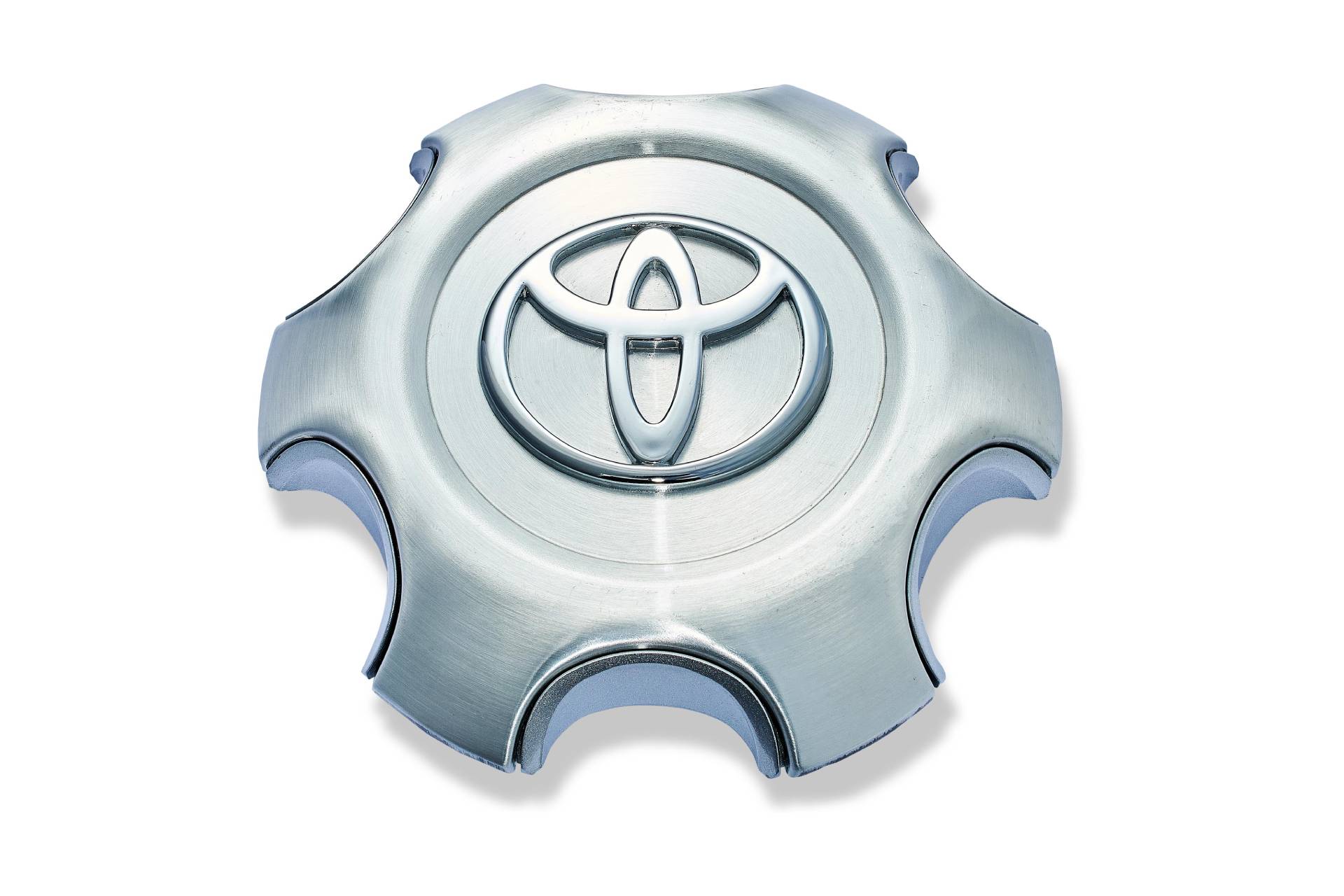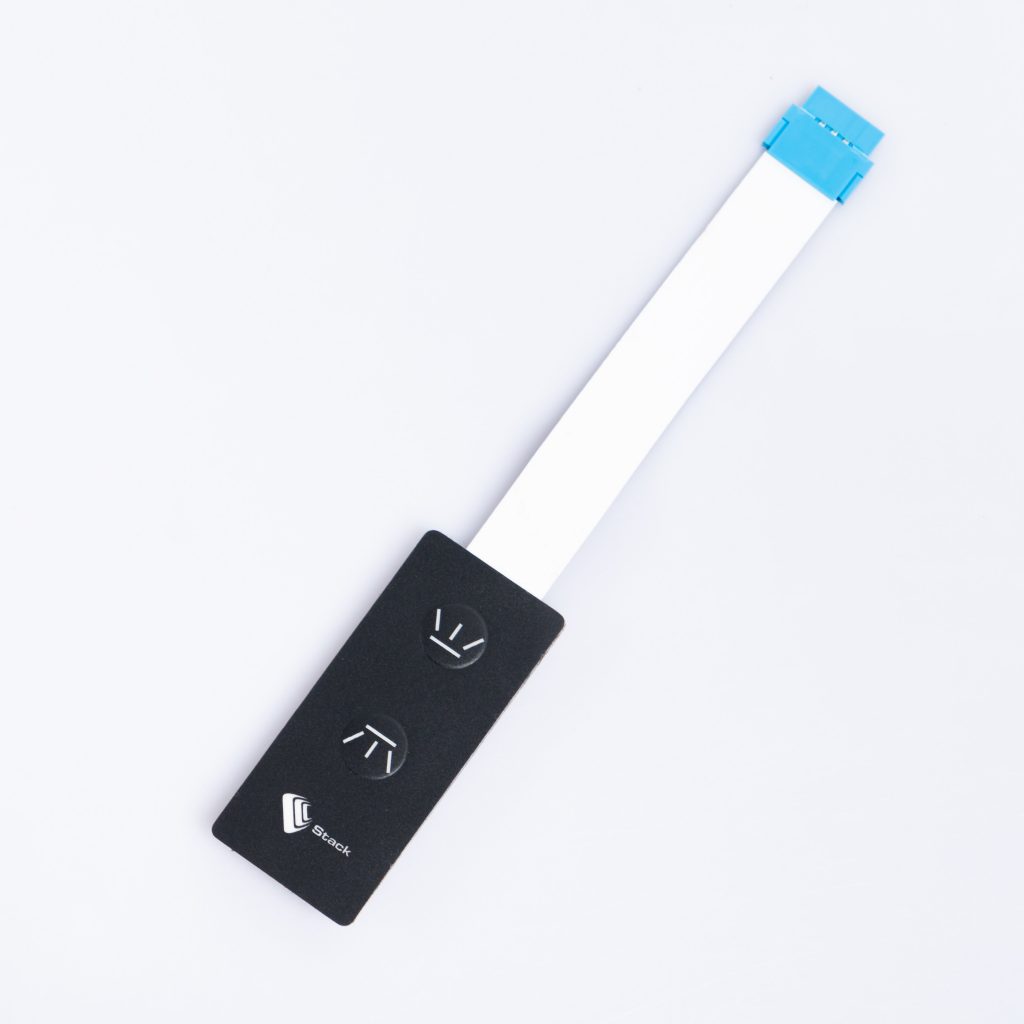What engineers need to know about membrane switch for medical devices
Recognizing the Significance of Membrane Switch in Modern Electronic Devices
Membrane layer switches are integral parts in contemporary digital gadgets. They use a blend of functionality and layout that improves individual interaction. Their long lasting and lightweight nature makes them ideal for different applications. As markets progress, the need for personalization and advanced attributes grows. Recognizing exactly how membrane switches over add to technology exposes their significance in forming the future of electronics. What exists ahead for this modern technology?
The Fundamentals of Membrane Layer Switch Modern Technology
Typically overlooked, membrane button technology plays a crucial function in the modern-day electronic devices landscape. These gadgets, made up of multiple layers, function as interface for numerous digital items, varying from house appliances to clinical equipment. A common membrane switch includes a graphic overlay, a spacer layer, and a circuit layer, which are thoroughly assembled to create a practical interface.When stress is applied to the overlay, the circuit layer is completed, enabling signals to be sent to the device. This innovation is understood for its flexibility, allowing modification in style, capability, and form to meet particular individual requirements. Furthermore, membrane layer switches are slim and light-weight, making them appropriate for applications where space is a costs. Their sturdiness and resistance to ecological aspects better boost their allure, guaranteeing they can endure rough conditions while preserving capability. Overall, membrane switch technology is essential to creating efficient and user-friendly digital devices

Trick Advantages of Membrane Changes
Membrane layer changes offer numerous essential advantages that make them a recommended option in various digital applications. Their design permits a small form element, allowing makers to create smooth and lightweight tools. Furthermore, membrane switches are immune to dust, dampness, and chemicals, which enhances their resilience and long life sought after atmospheres. The tactile comments given by these switches can boost user experience, making them instinctive and easy to operate.Furthermore, membrane layer buttons can be personalized with varied graphics and colors, enabling unique branding chances. The production process is typically cost-efficient, particularly for high-volume manufacturing, as it reduces assembly time and simplifies layout. Finally, membrane changes call for minimal upkeep, adding to lower overall operational expenses. These advantages emphasize their expanding appeal in modern electronic devices, where reliability and user-friendly interfaces are necessary.

Applications Throughout Numerous Industries
The versatility of membrane switches over allows their widespread adoption throughout numerous sectors. In the medical area, they are typically used in analysis equipment and individual monitoring systems, supplying a resilient user interface resistant to impurities. The automobile industry uses membrane layer switches for dashboard controls, boosting individual experience with streamlined designs that stand up to harsh problems. In customer electronics, they work as control board for devices such as microwaves and coffee machine, giving a straightforward interface that is simple to tidy. The aerospace sector utilizes membrane buttons in cabin controls, where reliability and area performance are paramount. Furthermore, the commercial sector leverages these switches in machinery and control systems to ensure durable procedure in demanding environments. This broad variety of applications emphasizes the adaptability of membrane switches, making them indispensable components in enhancing performance and customer communication across diverse technological landscapes.
Personalization and Style Versatility

Future Fads in Membrane Layer Switch Over Growth
Arising trends in membrane layer button growth suggest an expanding focus on improved performance and combination with smart technologies. As customer demand for a lot more advanced electronic devices rises, suppliers are concentrating on producing membrane switches over that not only serve go to website standard functional roles but additionally integrate features like touch level of sensitivity, backlighting, and haptic feedback.Furthermore, improvements in products are expected to improve durability and ecological resistance, making membrane layer switches ideal for diverse applications in industries such as healthcare, automobile, and customer electronics. The assimilation of capacitive touch innovation is likely to come to be a lot more prevalent, permitting sleeker styles and improved customer interfaces. membrane switch.Additionally, the rise of the Net of Things (IoT) is motivating the advancement of membrane layer changes that can connect wirelessly with other tools, improving interconnectivity. Overall, the future of membrane button innovation shows up promising, driven by advancement and the pursuit of straightforward services
Often Asked Questions
Exactly How Do Membrane Layer Switches Contrast to Typical Mechanical Buttons?
Membrane switches, being a lot more space-efficient and supplying a sleek style, comparison with conventional mechanical switches that offer responsive comments. The former usually include customizable graphics, while the latter typically ensure toughness and dependability in different applications.
What Materials Are Typically Utilized in Membrane Layer Switch Production?
Membrane layer buttons are usually generated utilizing products such as polyester, polycarbonate, and printed conductive inks. These products provide durability, adaptability, and responsiveness, making them suitable for numerous applications in digital tools and interface.
Can Membrane Layer Switches Be Repaired or Recycled?
Membrane buttons can typically be repaired, especially if small concerns arise, such as glue failure or surface damages. Total reuse is normally limited due to use and potential degradation of materials over time.
Just How Do Ecological Factors Impact Membrane Switch Over Performance?
Environmental factors, such as temperature level, direct exposure, and humidity to chemicals, significantly affect membrane layer button performance. Extreme conditions can lead to destruction, affecting responsiveness and long life, inevitably compromising the performance of the gadget in different applications.
What Is the Normal Lifespan of a Membrane Layer Switch over?
The regular life-span of a membrane layer switch generally varies from 1 to 5 million actuations, depending upon variables such as use frequency, useful site ecological conditions, and the products used in production, affecting longevity and efficiency long life. A regular use this link membrane button is composed of a graphic overlay, a spacer layer, and a circuit layer, which are thoroughly assembled to produce a useful interface - membrane switch.When stress is used to the overlay, the circuit layer is finished, permitting signals to be transmitted to the device. The tactile comments offered by these buttons can enhance user experience, making them instinctive and simple to operate.Furthermore, membrane layer switches can be personalized with diverse graphics and shades, enabling for distinct branding opportunities. As customer need for much more sophisticated electronic devices increases, makers are concentrating on creating membrane layer switches over that not only offer standard functional roles but likewise include attributes like touch level of sensitivity, backlighting, and haptic feedback.Furthermore, advancements in products are expected to enhance sturdiness and ecological resistance, making membrane layer switches over suitable for varied applications in sectors such as healthcare, auto, and consumer electronic devices. The assimilation of capacitive touch modern technology is most likely to become much more prevalent, allowing for sleeker designs and improved individual interfaces.Additionally, the increase of the Net of Things (IoT) is motivating the advancement of membrane changes that can communicate wirelessly with other gadgets, enhancing interconnectivity. Membrane layer switches, being more space-efficient and offering a smooth design, comparison with standard mechanical buttons that offer responsive feedback